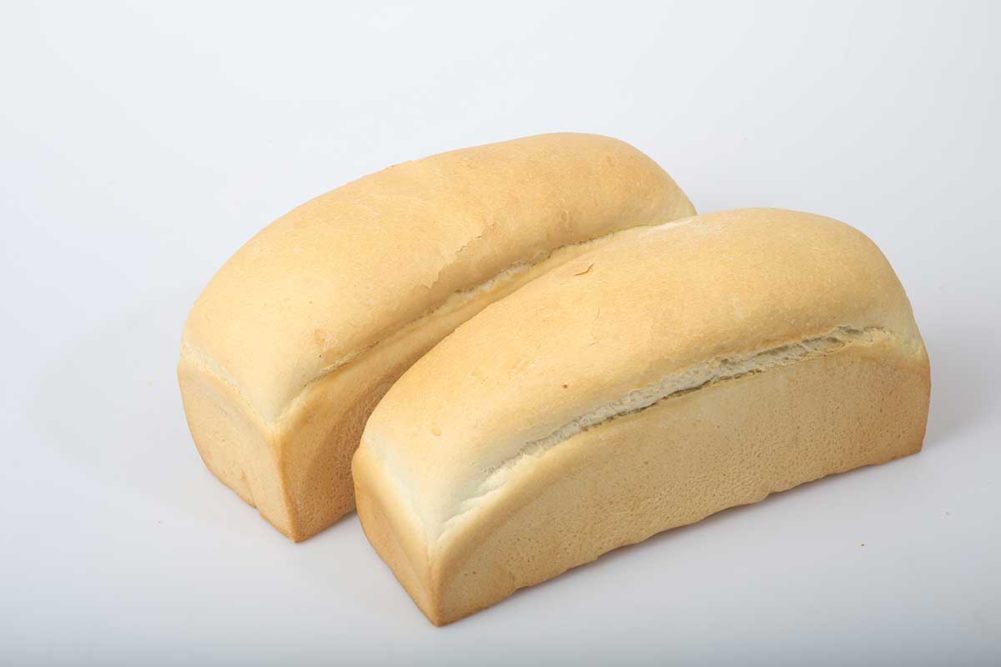Enzymes are proteins that facilitate chemical reactions in living organisms, tissues and technological systems such as the baking process, explained Vernetta Dally, scientific adviser to Maxx Performance.
“Enzymes are catalysts and, therefore, speed up and change reactions without themselves being changed,” she said. “Enzymes are classified according to the ‘substrate’ with which the enzyme reacts. Enzymes work with specific substrates using a lock-and-key specificity that alters the subject so that the reaction is favorable. Once the reaction occurs, the enzyme releases the product and moves on.”
When bread baking was industrialized, the fermentation time was shortened, so bakers had to turn to chemical solutions like potassium bromate and ADA (azodicarbonamide) to develop the gluten network to make a good loaf of bread.
“These chemicals were acceptable in the ’50s, ’60s, ’70s,” explained Jacinthe Côté, PhD, product manager, enzyme-based solutions, Lallemand Baking. “People were amazed at the technology involved in manufacturing food, and it was great. People weren’t looking at the labels. In the ’90s and 2000s, people started paying attention.”
The first tests of enzymes to replace those solutions were not promising, causing bakers to shy away from them.
Potassium bromate was the prime option used as a dough conditioner but was banned in many places when it was discovered to have a carcinogenic chemical.
“Formulators at the time started using basic enzymes like fungal amylase and xylanase in combination with ascorbic acid to replace the potassium bromate,” said Luc Casavant, director, baking applications, Lallemand Baking. “That’s how it started. Bakers were happy because before they came in, they couldn’t produce a good loaf of bread.”
This article is an excerpt from the March 2023 issue of Baking & Snack. To read the entire feature on Enzymes, click here.





